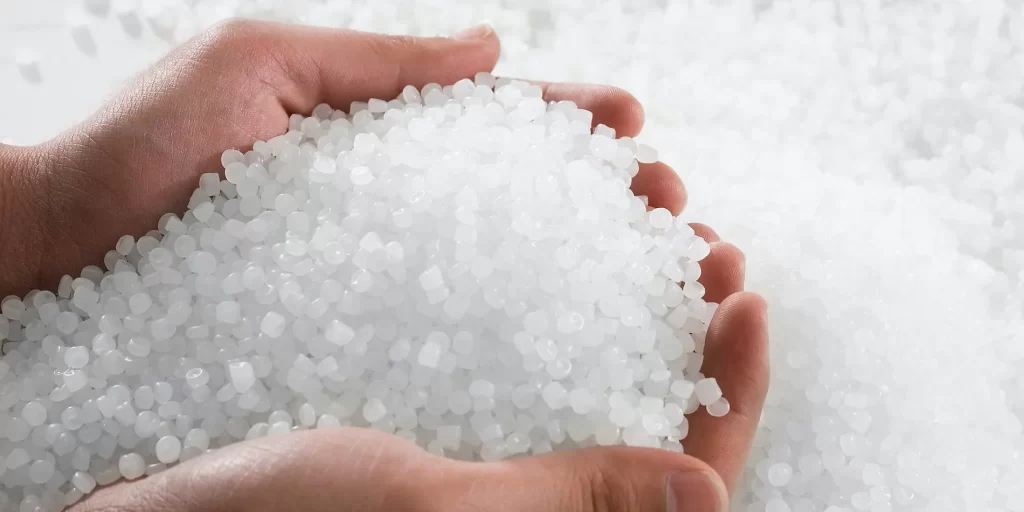Introduction
Polyethylene (PE) is an extraordinary thermoplastic that has found its way into a myriad of applications, from everyday items to specialized industrial components. This article aims to offer a comprehensive guide to PE material details, covering its types, properties, and applications. Whether you’re a manufacturer, an engineer, or simply someone who is curious about this versatile material, this guide is packed with valuable insights that will deepen your understanding of PE.
What is PE Material?
Polyethylene, commonly known as PE, is a thermoplastic polymer that is produced through the polymerization of ethylene. It is one of the most widely produced plastics in the world, with over 100 million tonnes manufactured annually. The material was first synthesized for industrial use in 1933 and has since become a staple in various industries, from packaging to aerospace.
Types of PE Material
PE comes in several types, each with its unique set of properties and applications. The most common types include:
- Low-Density Polyethylene (LDPE): Known for its flexibility and is commonly used in plastic bags and films.
- High-Density Polyethylene (HDPE): Rigid and weather-resistant, HDPE is often used in containers and piping.
- Linear Low-Density Polyethylene (LLDPE): Offers good stress and crack resistance, commonly used in packaging.
Each type of PE offers specific advantages and challenges, making them suitable for a wide range of applications, from consumer goods to industrial components.
Chemical Composition
The chemical structure of PE consists mainly of carbon and hydrogen atoms arranged in long chains. These chains are formed through a polymerization process, often catalyzed by metals like titanium or zirconium. The length and branching of these chains can be controlled to produce different types of PE, each with its unique set of properties.
Physical Properties
PE is renowned for its resistance to chemicals, low temperatures, and abrasion. Its density can range from 0.92 g/cm³ to 0.96 g/cm³, depending on the type and manufacturing process. Other key physical properties include:
- Tensile Strength: Varies depending on the type, but generally high.
- Thermal Conductivity: Generally low, making it a good insulator.
- Flexibility: High, especially in types like LDPE.
Manufacturing Process
The production of PE involves the polymerization of ethylene monomers. This process can be catalyzed by various elements and can occur under different conditions, such as temperature and pressure. The choice of catalyst and conditions will determine the type of PE produced, whether it’s LDPE, HDPE, or LLDPE.
Applications
PE’s wide range of applications is a testament to its versatility. Some common applications include:
- Piping Systems: Especially HDPE due to its strength and chemical resistance.
- Packaging: LDPE and LLDPE are commonly used for packaging materials like bags and wraps.
- Consumer Goods: Toys, containers, and even furniture can be made from PE.
Advantages and Limitations
PE offers numerous benefits, such as:
- Affordability: Generally less expensive than other materials.
- Ease of Processing: Compatible with manufacturing processes like injection molding.
However, it also has limitations:
- Environmental Impact: Not biodegradable and can contribute to pollution.
- Temperature Sensitivity: Melts at relatively low temperatures.
Frequently Asked Questions (FAQ)
Conclusion
Understanding the details of PE material is crucial for anyone involved in the manufacturing, engineering, or even the everyday use of plastic products. Its unique properties and wide range of applications make it a material that continues to drive innovation across various sectors. As we continue to discover new applications and improve its existing uses, PE remains a material that holds great promise for the future.

